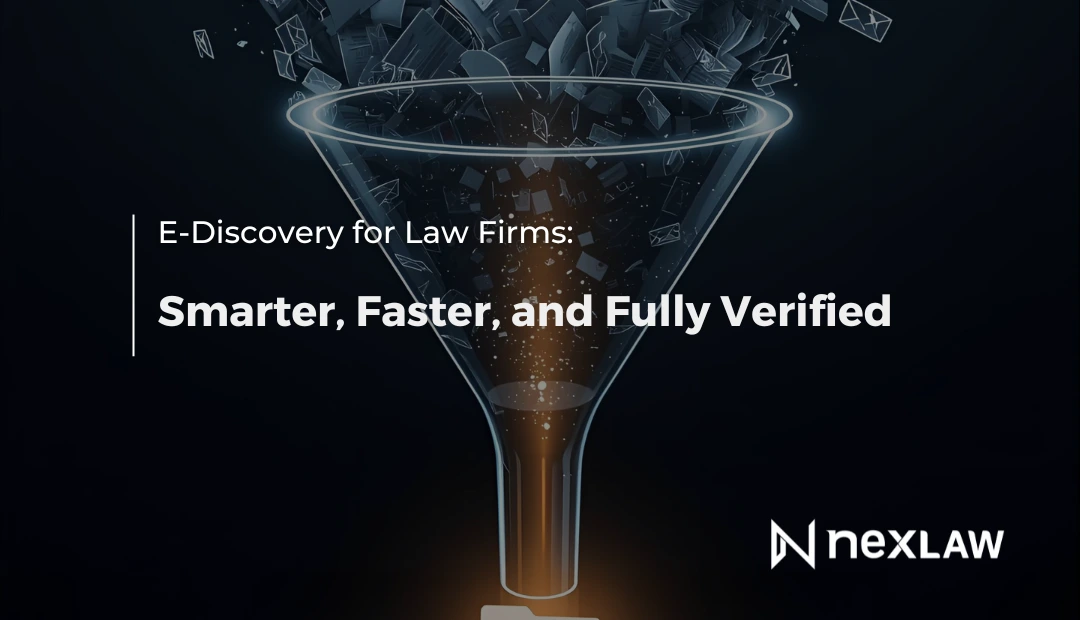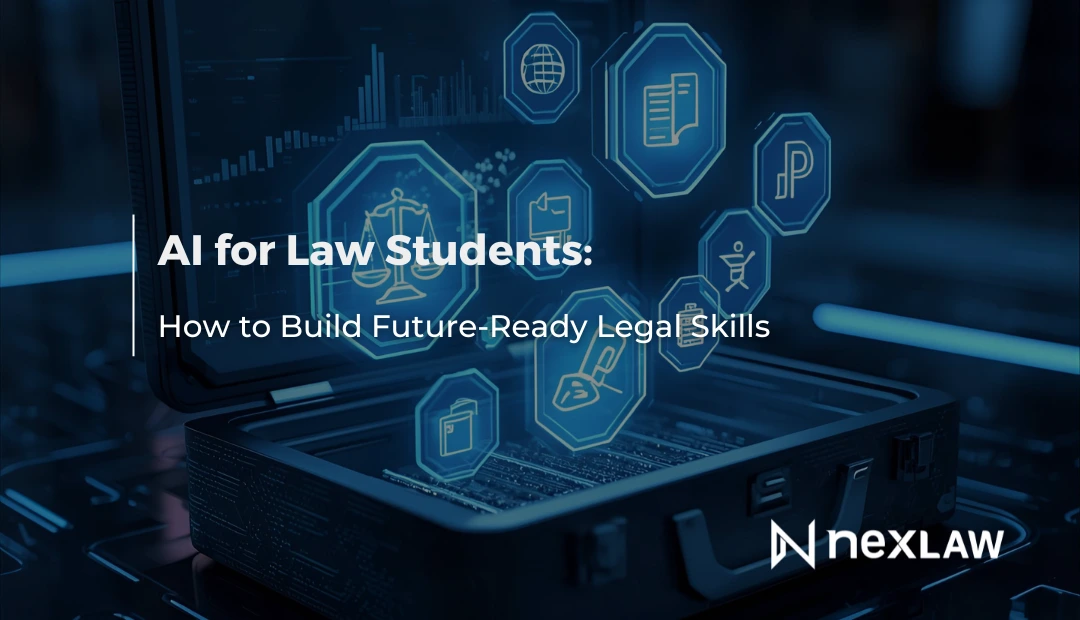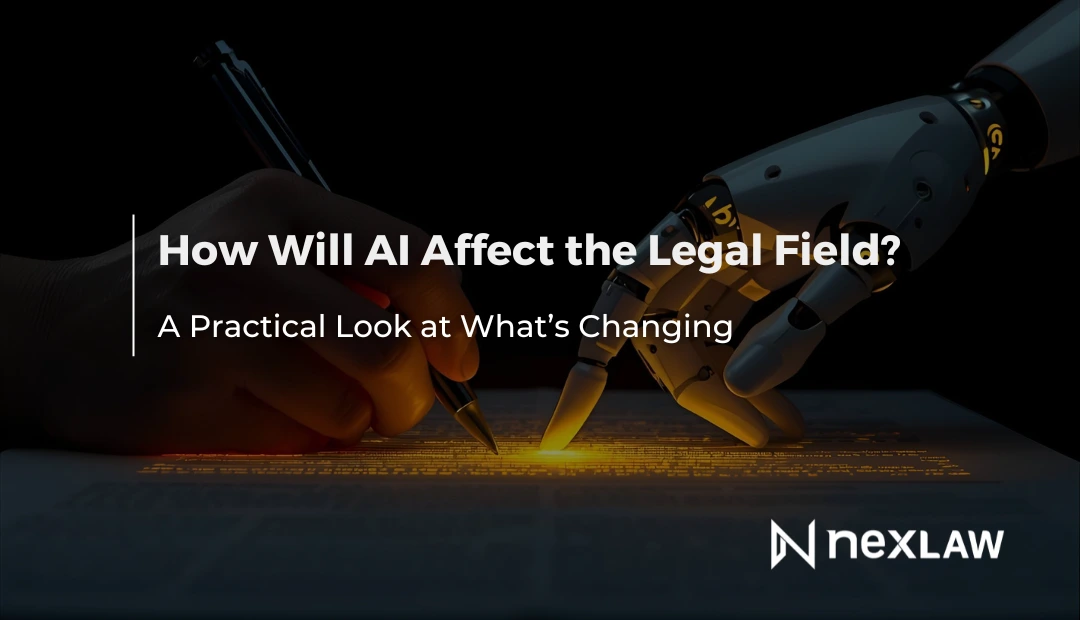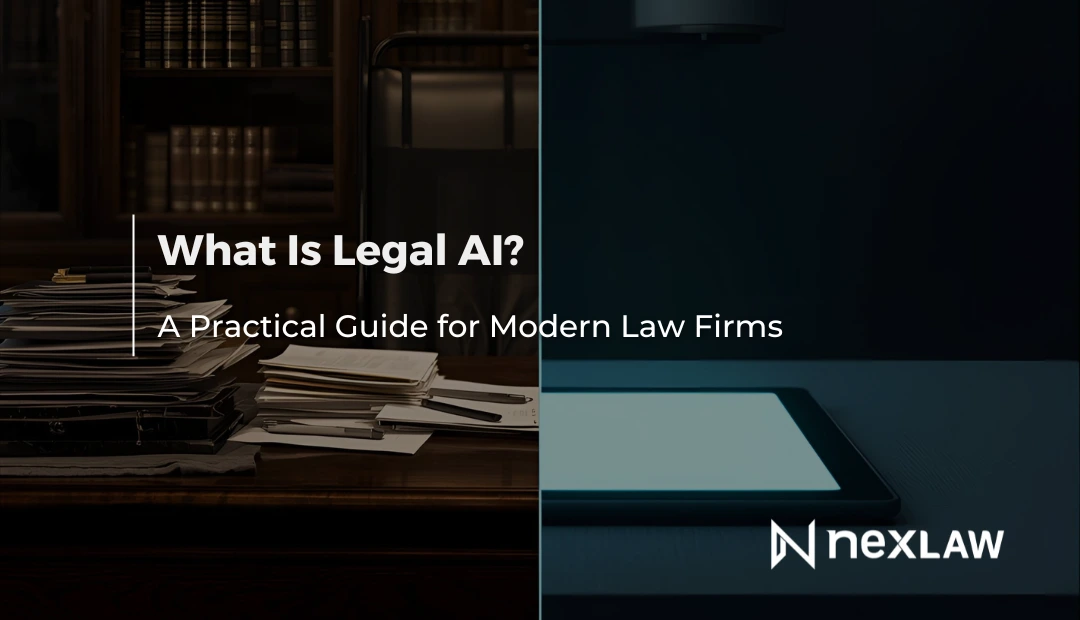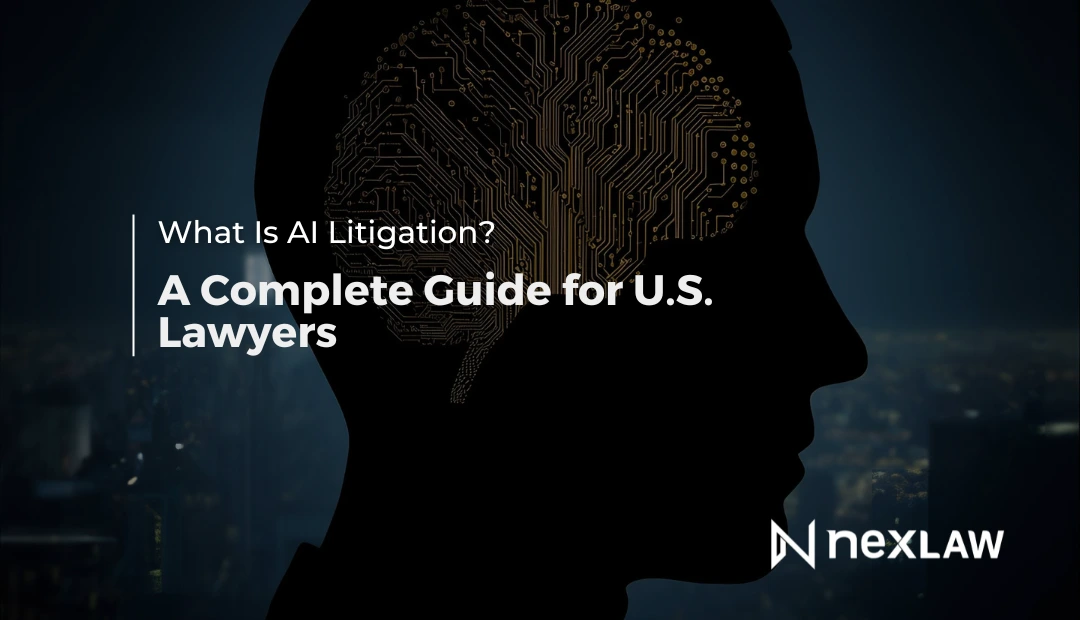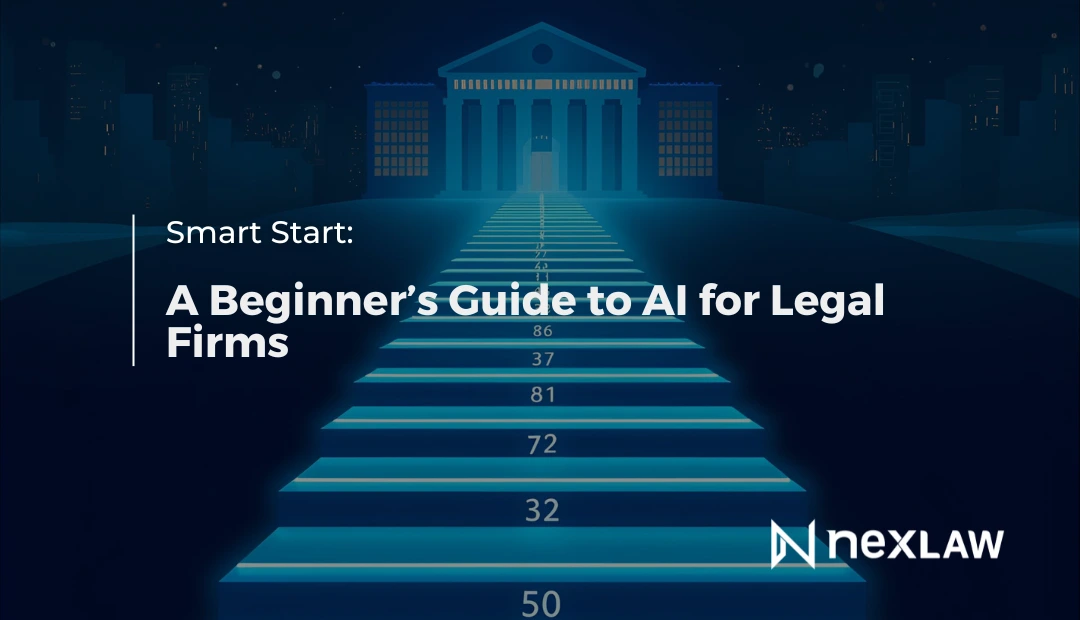E-Discovery for Law Firms: Smarter, Faster, and Fully Verified
The discovery phase is often the most time-consuming and expensive part of litigation. Sifting through thousands of documents, depositions, and digital files can overwhelm even the most experienced legal teams.
Unlock Legal Insights Instantly!
That is where AI-driven eDiscovery comes in—transforming a process once defined by hours of manual review into a fast, traceable, and accurate workflow.
This article explores how law firms across the U.S. are using platforms like NexLaw to streamline eDiscovery, ensure compliance, and maintain control over every piece of evidence.
What E-Discovery Really Means for Modern Law Firms
E-Discovery, short for “electronic discovery,” refers to identifying, collecting, and reviewing digital evidence in litigation. That evidence may include:
- Emails and messages
- Contracts and corporate records
- Expert reports and metadata
- Depositions, exhibits, or media files
In the past, discovery meant long hours of tagging, labeling, and searching. Now, AI can handle most of that heavy lifting—leaving lawyers free to focus on the facts that matter.
Why AI Is Revolutionizing E-Discovery
AI legal tools are not just speeding up the discovery process; they are making it more reliable.
According to a 2025 Legal Analytics Report, firms using AI-based discovery systems complete reviews 40 percent faster and miss 60 percent fewer critical documents.
The key is automation combined with traceability. Lawyers can instantly search across terabytes of data, cross-check findings with verified precedents, and confirm that every document is legally relevant.
The Core Workflow of AI-Driven E-Discovery
Law firms using NexLaw now manage discovery through a unified process that connects research, evidence, and argumentation.
Step 1: Upload and Auto-Organize Documents
Using ChronoVault 2.0, firms upload large volumes of discovery materials. The platform automatically tags, timestamps, and sorts them into a searchable chronology. Each document becomes part of a case timeline, linked to specific events or legal issues.
Step 2: Extract Key Facts and Patterns
Attorneys then use NeXa to summarize depositions or identify recurring themes. A single prompt like:
“Summarize all communications between parties mentioning safety inspection from January to June 2024.”
returns a verified summary with citations and cross-references.
Step 3: Build Arguments and Prepare for Review
Once the data is structured, TrialPrep helps attorneys connect documents to arguments. Every exhibit or testimony link can be traced back to its original ChronoVault entry, ensuring that nothing is lost or misattributed.
Before and After: How AI Transforms E-Discovery
| Stage | Manual E-Discovery | AI-Powered E-Discovery |
|---|---|---|
| Document Review | Thousands of pages read manually | ChronoVault 2.0 indexes and tags automatically |
| Fact Extraction | Notes taken by associates | NeXa identifies themes and generates summaries |
| Argument Linking | Done in Word or Excel | TrialPrep builds evidence-backed outlines |
| Verification | Risk of citation error | All sources traceable and jurisdiction-verified |
| Audit Trail | Scattered across drives | Unified and court-defensible in ChronoVault 2.0 |
AI does not just speed up eDiscovery—it makes it defensible. Every step is logged and every document is verifiable.
Real Case Example: Managing 50,000 Documents in a Product Liability Suit
A national defense firm based in California used to spend nearly four months reviewing materials in major product liability cases. After implementing NexLaw’s AI suite:
- ChronoVault 2.0 handled bulk uploads and automatically tagged all 50,000 documents.
- NeXa generated a summary of recurring themes across depositions and expert reports.
- TrialPrep linked relevant evidence directly to motion drafts.
The firm cut review time by 70 percent and saved $92,000 in paralegal labor within the first quarter of use.
Ensuring Accuracy, Compliance, and Client Trust
E-Discovery comes with responsibility. Courts now expect lawyers to verify every citation and document reference. AI without human oversight can be risky, but NexLaw’s approach ensures balance:
- NeXa connects to verified legal databases only.
- ChronoVault 2.0 maintains secure, non-trainable client data storage.
- TrialPrep includes built-in approval checkpoints for attorney review.
These features not only ensure ethical compliance but also strengthen credibility in front of clients and courts.
Why Integrated E-Discovery Matters
Many firms still rely on separate tools for discovery, drafting, and trial preparation. That fragmentation leads to missed context and duplicated work.
NexLaw eliminates that problem by connecting all three critical workflows in one platform:
- Research with NeXa: Find relevant case law or procedural rules.
- Organize with ChronoVault 2.0: Keep every document and exhibit traceable.
- Strategize with TrialPrep: Build motions and briefs supported by verified evidence.
Integration means efficiency, accuracy, and control—the three pillars of modern litigation management.
The Future of AI E-Discovery
By 2026, eDiscovery will likely become the first phase of litigation to be fully AI-driven. Predictive models will identify the most relevant materials before review even begins, allowing lawyers to build arguments faster than ever.
Yet human judgment will always remain central. AI can locate the facts, but it takes lawyers to decide what those facts mean in the courtroom.
Simplify E-Discovery with NexLaw
See how NexLaw helps law firms manage discovery smarter, faster, and more securely.
- Use NeXa to extract insights from evidence.
- Organize documents in ChronoVault 2.0 with traceable, searchable timelines.
- Build argument structures directly in TrialPrep.
Start transforming your discovery workflow today.
Begin your 3-day free trial or book a demo call to see how your firm can benefit from smarter eDiscovery.
